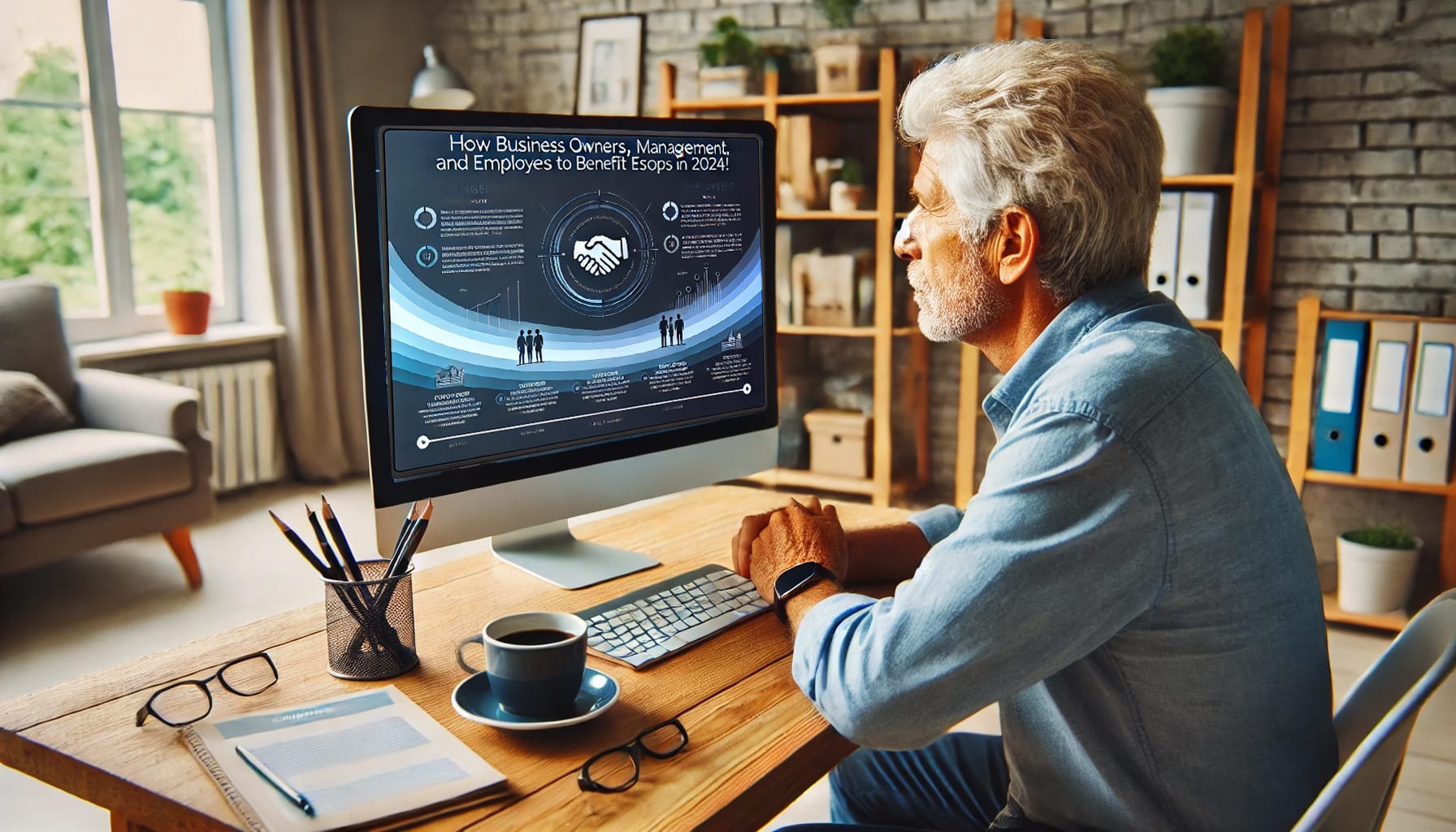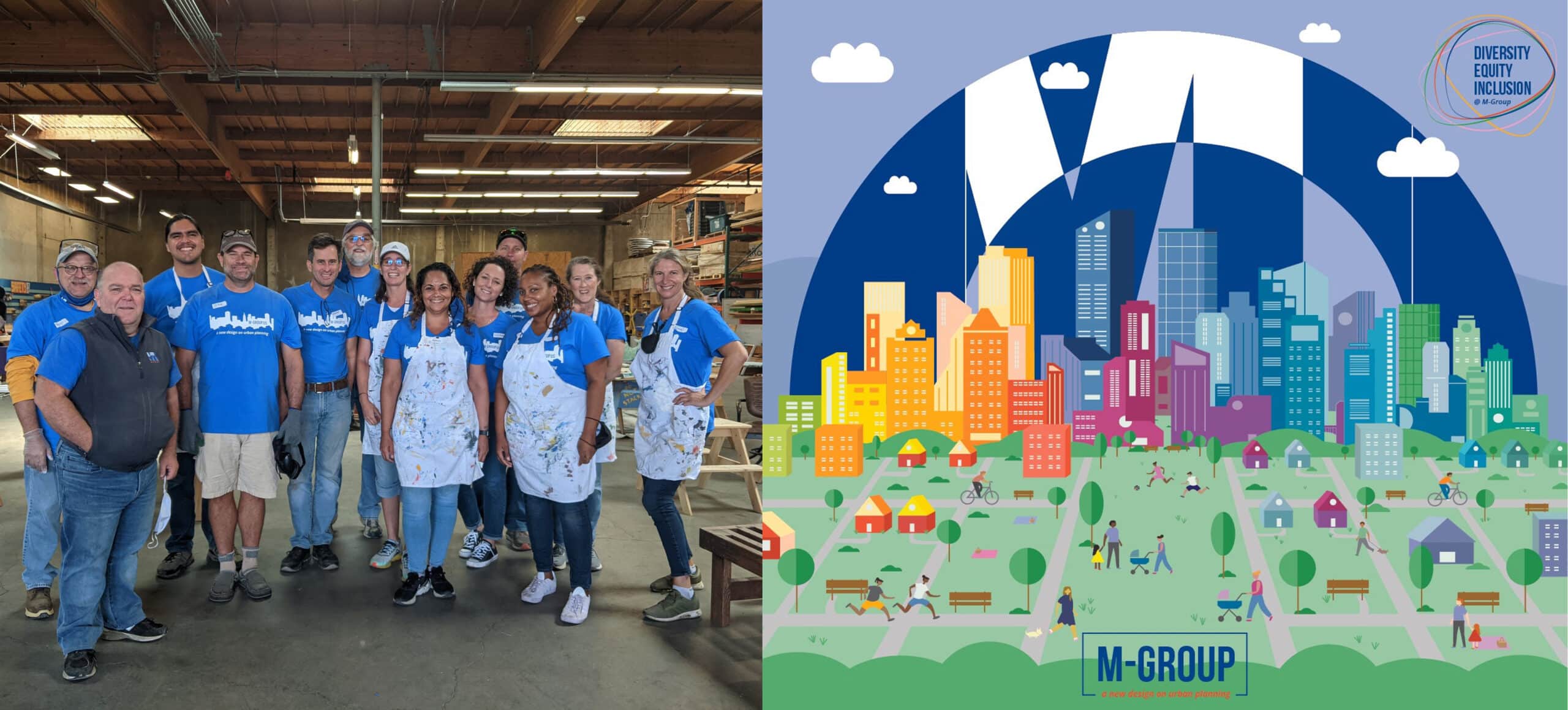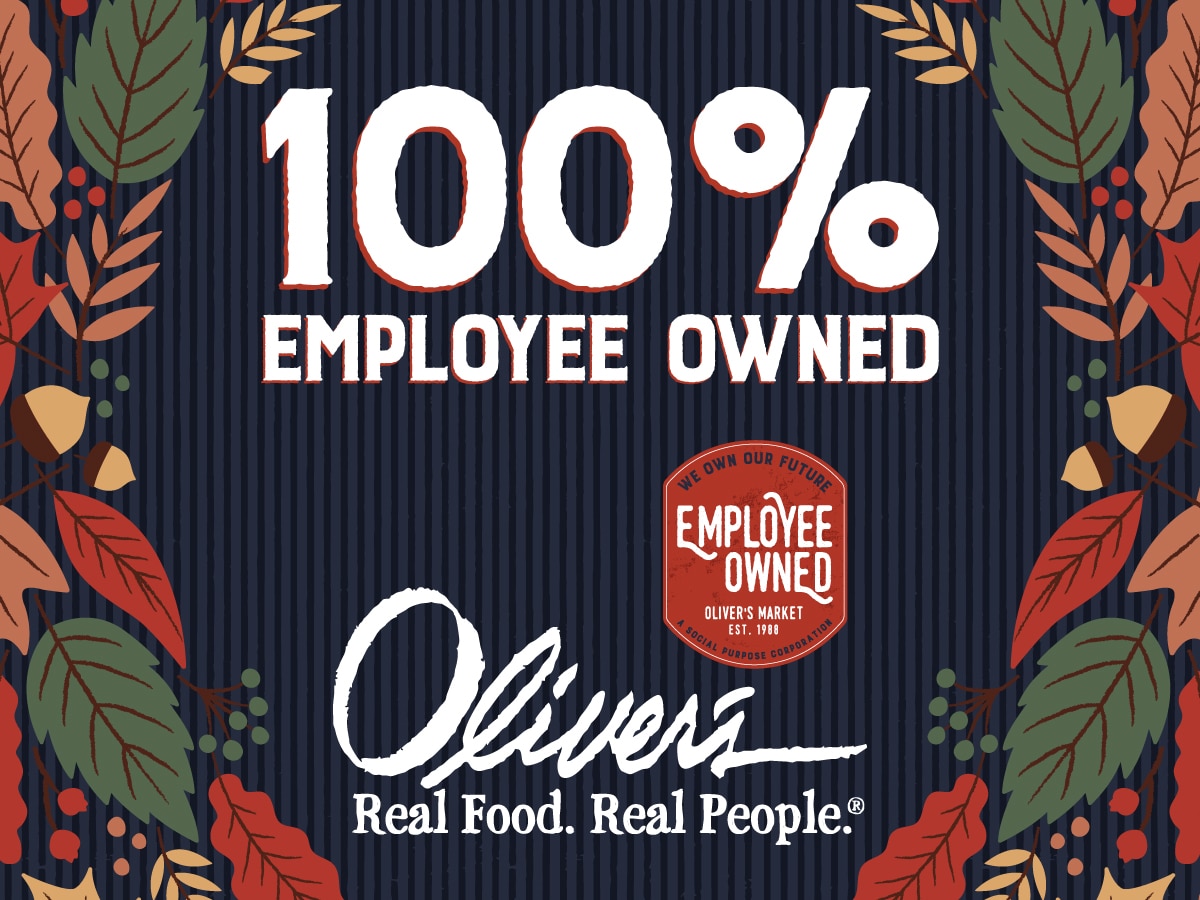MISCONCEPTION #1 – The ESOP is primarily an employee benefit plan.
The ESOP is not primarily an employee benefit plan. The reverse is true. The ESOP is primarily a tool of corporate finance that is used as an alternative to a sale or merger as a way of creating liquidity and investment diversification for owners of privatelyheld businesses. An ESOP uses the tax advantages afforded to qualified employee benefit plans in order to maximize the tax savings to the sellers, to the company and to the employees, but the primary objective in most cases is to create an in-house market for the existing shareholders rather than to create an additional employee benefit.
MISCONCEPTION #2 – My employees would never be able to save or contribute enough money to buy me out.
An ESOP buyout is not financed (except in rare cases) with employee contributions or salary reductions. Rather, an ESOP buyout is financed the same way that any other third party buyout or stock redemption is financed—with funds borrowed from a bank, with seller note financing, or a combination of the two. There is one big difference, however, in the case of an ESOP buyout. In the case of an ESOP buyout the principal portion of the debt is repaid with tax-deductible dollars, whereas in the case of all other types of buyouts, the principal portion of the debt must be repaid with after-tax dollars.
MISCONCEPTION #3 – An ESOP buyout, like most buyouts, requires that the owners sell 100% of their stock.
False. In fact, 80% or more of all ESOP transactions are structured as partial buyouts rather than as total buyouts, and many ESOPs end up owning less than 50% of the company’s outstanding stock.
MISCONCEPTION #4 – Selling stock to an ESOP will result in a loss of control by the owner.
False. Selling stock to an ESOP need not result in any loss of control by the current owner. In most cases, the existing members of the Board of Directors also serve as the Plan Committee. Thus, there is no loss of voting control.
MISCONCEPTION #5 – The participants will be able to exercise voting rights once their share becomes vested.
False. Participants have regular voting rights only in the case of public companies. In the case of privately-held companies, voting rights are exercised by the ESOP Trustees pursuant to directions from the ESOP Plan Committee, except for certain enumerated special issues. The only issues that participants are allowed to vote upon are these: sale of all or substantially all of the corporate assets, merger, dissolution, liquidation and reorganization.
MISCONCEPTION #6 – Having an ESOP will result in having to share financial statements with all employees.
False. Nothing in the law requires that financial statements be shared with plan participants. The only financial disclosure that is required is the requirement that each participant be furnished at least annually with a benefit statement that shows the number of shares allocated to his or her account and the fair market value of these shares.
MISCONCEPTION #7 – An owner can always get a higher price by selling to a third party rather than selling to an ESOP.
False. An ESOP is permitted to pay the same price that any third party would pay for the same block of stock. Thus, if an ESOP acquires a minority interest, the stock must be valued at a minority discount. However, if the ESOP acquires a controlling interest (including the same voting rights that a third party would receive) then the ESOP can pay a control premium for the stock. Selling a business to a third party buyer, on the other hand, can be quite time-consuming and costly and there is no guarantee of a positive outcome. There are many businesses that were once for sale where no third party buyer was found and the owners then turned to an ESOP as the solution.
CONCLUSION
If you are interested in learning more about ESOPs, the best way to understand how ESOPs work and how an ESOP can best be structured for your company, please call us at (800) 347-8357. We will be happy to direct you to the Menke advisor closest to you.
255 California Street, 10th Floor, San Francisco, CA 94111-4916 • Telephone: (415) 362-5200 • Facsimile: (415) 398-2260 • OVER 2,500 ESOPs SINCE 1974







